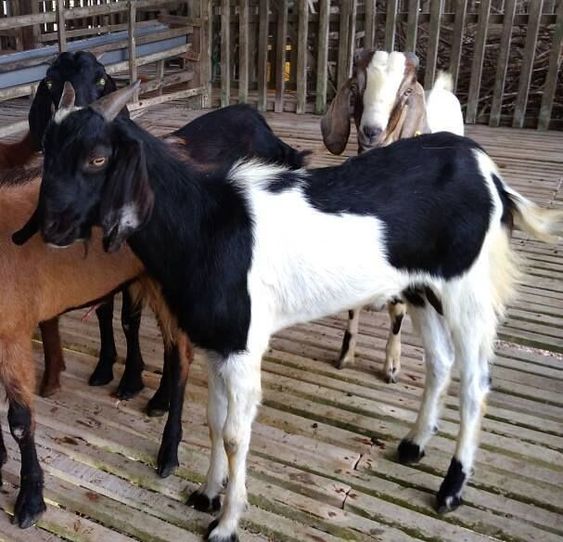Goat Farming Planning: A Comprehensive Guide
Goat Farming Planning can be a rewarding and profitable venture, providing a source of income, fiber, milk, and meat. However, like any agricultural pursuit, careful planning is essential for success. This guide will equip you with the knowledge to establish a well-structured goat farming operation.
Defining your Goals and Scope
The first step is to identify your goals for the goat farm. Are you interested in raising goats for:
- Milk Production: Goats can produce high-quality milk for cheesemaking, soap production, or direct consumption. Breeds like Nubians and Saanens are known for their exceptional milk yields.
- Meat Production: Goats are a source of lean, healthy meat. Popular meat breeds include Boer goats and Spanish Meat Goats.
- Fiber Production: Some goat breeds, like Angora and Cashmere, produce luxurious fiber used for textiles.
- Breeding Stock: You can specialize in breeding high-quality goats for sale to other farmers.
Researching Goat Breeds
Once you’ve defined your goals, research goat breeds suited to your specific needs. Consider factors like:
- Climate: Choose a breed that thrives in your region’s climate.
- Temperament: Some breeds are more docile and easier to handle than others.
- Production: Research the milk yield, meat quality, or fiber production of different breeds.
- Management Needs: Certain breeds may require specialized care or handling.
Securing Land and Infrastructure
The size of your land will depend on the number of goats you plan to raise. Generally, allow for 1,500 square feet of pasture per adult goat. Here’s what you’ll need to consider for your land and infrastructure:
- Fencing: Goats are agile climbers, so ensure your fencing is strong and secure.
- Shelter: Provide a well-ventilated, dry shelter for your goats to escape harsh weather.
- Feeding Areas: Designate separate areas for feeding hay, concentrates, and fresh water.
- Waste Management: Plan for regular manure removal to maintain a clean and healthy environment.
Developing a Feeding Plan
Goats are ruminants, meaning they have a four-chambered stomach that allows them to efficiently digest roughage like hay and pasture. Here’s a breakdown of their dietary needs:
- Forage Goat Farming Planning: Fresh pasture or high-quality hay should form the bulk of their diet.
- Concentrates: Provide a balanced grain mix to supplement their nutritional needs, especially during breeding, pregnancy, and lactation.
- Minerals and Salt: Goats require access to loose minerals and salt licks for optimal health.
- Fresh Water: Ensure a constant supply of clean, fresh water at all times.
Breeding and Herd Management
- Acquiring Breeding Stock: Purchase healthy breeding stock from reputable breeders.
- Breeding Season Goat Farming Planning: Research the optimal breeding season for your chosen breed.
- Gestation Period Goat Farming Planning: The goat gestation period is approximately 150 days.
- Kidding: Be prepared to assist with kidding (birth) if necessary.
- Vaccination and Deworming: Develop a vaccination and deworming schedule for your herd to prevent diseases.
- Record Keeping: Maintain detailed records of your goats, including breeding dates, vaccinations, and health checks.
Marketing Your Products
- Direct Sales Goat Farming Planning: Sell your milk, meat, fiber, or breeding stock directly to consumers or local businesses.
- Farmers Markets Goat Farming Planning: Participating in farmers markets allows you to connect with customers and promote your products.
- Online Marketplaces: Explore online platforms dedicated to selling agricultural products.
- Value-Added Products: Consider processing your goat milk into cheese, yogurt, or soap for increased profitability.
Budgeting and Financial Planning
- Startup Costs: Factor in land, fencing, shelter construction, initial breeding stock purchase, feed costs, and veterinary care.
- Ongoing Costs: Develop a budget for ongoing expenses like feed, veterinary care, marketing, and potential equipment purchases.
- Pricing Strategy: Research market prices for your chosen products to ensure your pricing is competitive and profitable.
Conclusion Goat Farming Planning
Goat farming can be a fulfilling and profitable venture with careful planning and management. By defining your goals, researching breeds, securing suitable land, and implementing sound practices, you can lay the foundation for a successful goat farming operation. Remember, continuous learning, networking with experienced goat farmers, and seeking professional advice when needed






